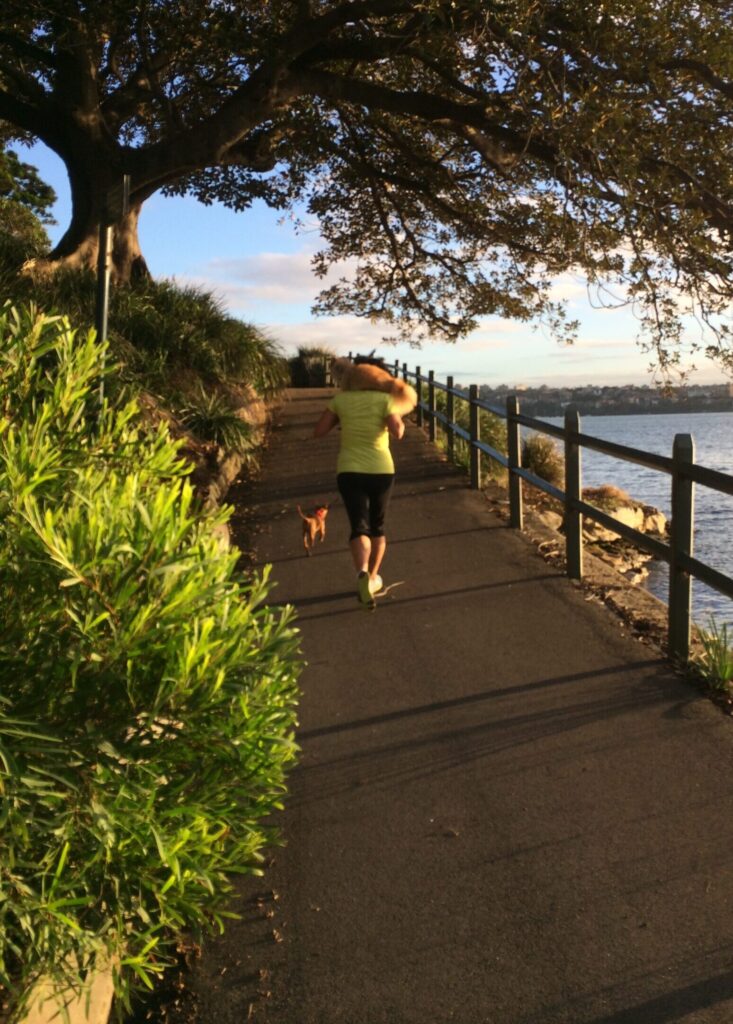
Arts-based Activities
A creative outlet to improve mental health and well-being.

Gardening
Improve health, reduce stress, and get a sense of accomplishment.

Libraries
Read or borrow a book, engage in courses, and connect with your community.
Museums
Opportunities for learning and socialization.

Physical Activity
Health and well-being benefits, opportunities to socialize.

Transportation
Active transportation (walking, biking) can improve physical fitness, while transportation, in general, provides access to community resources.


There are many groups and places to connect with others in the community. Socialization can also occur during everyday activities such as going to the grocery store. Sometimes, people have other needs related to housing, food access, etc. Social prescribing can act as a bridge to promote community connections, access to resources and improve the overall quality of life.